In high school French classes, I never learned to say “Is the trail blazed?” or “Where can I buy dry cleaning fluid to use in my camping stove?” or “Please stop pointing that gun at me; I didn’t know I was camped on private property.” All of which I could have used when I hiked the Pyrenees from the Atlantic Ocean to the Mediterranean Sea.
In Your Bucket Because…
- Mile for mile, these tightly serrated mountains pack in world-class scenery, yet in some sections, you’ll see few other hikers.
- This is arguably the most remote backcountry in western Europe, and the last remaining habitat of remnant populations of the European brown bear.
- You appreciate mountain scenery and will also enjoy the Pyrenees village culture and cuisine, from Basque chicken to cassoulet.
- Good for hardy adventure travelers.
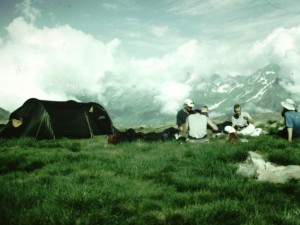
I was on a 57-day trek mostly following the so-called “HRP” (Haute Route Pyreneean), but occasionally following the GR-10 (French side), the GR-11 (Spanish side) or nothing at all. These unfamiliar initials and numbers are part of a French-based system of numbering and naming France’s more than 60,000 miles of hiking trails; the system also extends to some neighboring countries.
Of all these miles of trails, the routes that cross the Pyrenees are among the most famous. Although lower in elevation than the Alps, the Pyrenees are steeply serrated. Like the United States’s High Sierra, North Cascades, San Juan Mountains, and Wind River Mountains, this is a range that packs in a overload of jagged, rocky, jutting, plummeting, soaring, precipitous scenery.
Seeing the Franco-Spanish Border on Foot
What became immediately apparent when hiking in the Pyrenees was that this was a great way to meet locals. Walking into little villages, we were always greeted by a cheery “Bon Courage Mes Dames et ‘Sieurs” (which sounded kind of like “m’dm’sr” garbled in the back of the throat). “Bon courage” is sort of a combination of “good on ya!” and “good luck” and “wow, you’re doing something a little remarkable,” and it always seems accompanied by an extra dose of goodwill.
Contrary to the stereotype, the French hikers I met were more than happy to put up with my excruciating French. We hung out with Basques in Basque country, and were discomfited to be told one day that one of our hiking companions had left the trail to go and visit the wife of an imprisoned Basque terrorist. (That’s another French phrase I didn’t learn in high school.)
The Spanish were even more obliging: I’m remembering a waitress who resorted to pointing to various parts of her body to explain a menu that included kidneys, liver, and tripe. (I’m still not entirely sure what I ate the evening, but I can’t remember a single bad meal.)
However, I recommend being very careful that you don’t camp on private property, because being woken up in the middle of the night to find a gun pointed at you kind of ruins (at least for a few hours) the warm and fuzzy feelings you’d been developing toward the locals. Of course, the next “bon courage” makes it all better.
Pyreneean Routes
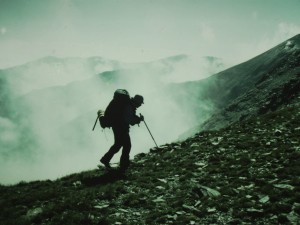
Our journey began at Hendaye Plague, a sea-side town on the French side of the Franco-Spanish border, where I picked up a small stone to carry to the Mediterranean. The trail climbs into hot and humid Basque country, and then into the higher mountains. A couple of months later, give or take, you wind up at Banyuls-sur-Mer, another border town with a lot of sun-bathers. Mediterranean beaches are rocky; I may have been carrying coals to Newcastle, but I added my pebble to the mix.it may
Some other notes:
- The GR-10 (Grande Randonnee 10) is the most popular route across the Pyrenees. It runs on the French side of the border. Of the three main trans-Pyrenees routes, the GR-10 is the best-blazed and the easiest to follow. However, while it may be the easiest logistically, it is physically difficult because the trail the French side of the Pyrenees gets much more rain than the Spanish side, so the weather is more challenging. Also, the GR-10 has a constant stream of long and steep descents and ascents into and out of the many precipitous north-south running valleys on the French side of the mountains. Making things easier, the GR-10 does offer the possibility of sleeping in a town or a refuge every night, reducing or eliminating the need to carry camping gear.
- The GR-11 (Grande Randonnee 11) follows the French system of blazing and numbering, but it runs through the Spanish Pyrenees, on the south side of the border. The route is not thoroughly blazed, and can sometimes be difficult to follow, but it is extremely beautiful. Sections in the Spanish National parks can be especially crowded in August.
- HRP (Haute Route Pyrenean) is the most adventurous route. It stays in the highest, most remote country as much as possible. It is usually blazed in yellow, although it sometimes follows the red-and-white blazed GR-10 or the GR-11. It goes through the middle of Andorra, the tiny country that occupies a small part of the Franco-Spanish border. When hiking in the remote central part of the Pyrenees on the HRP, hikers must carry all their camping gear, because the distance between towns and refuges can be too far to hike in one day. Route finding is the major challenge, as the blazing is sporadic.
In all three cases, trail quality varies. The routes include paved roads, farm-roads, footpaths, and cross-country travel (mostly on the HRP). The precipitous terrain reduces the number of miles it is possible to hike in a day.
Practicalities
Because of the high elevations, thru-hiking the trail is a July-August venture. Part of the trails near both coasts have a longer hiking season– June to September. In the Basque country near the Atlantic Ocean, weather can be hot and humid. Near the Mediterranean, the climate is hot and dry. In between, in the higher mountains, the weather is extremely variable, with potentially violent electrical storms. At the higher elevations, there may be patches of snow, but ice axes and crampons are not usually necessary in summer.
Most thru-hikers hike from the Atlantic to the Mediterranean, although the trail can certainly be hiked in both directions. A complete traverse takes about 50 days, more if you like to hang out in towns.
Shorter hikes can be taken anywhere along the route, but the national parks (both French and Spanish) toward the center of the range offer mountain refugee lodgings (complete with meals and wine). The French side GR-10 has perhaps the easiest logistics, with hiker hostels in towns (called gites d’etap) and a comprehensive set of guidebooks and maps available from any French outdoor retailer or from the FFRP (French hiking organization; the site is in French). While the text is in French, the maps are excellent and need no translation.
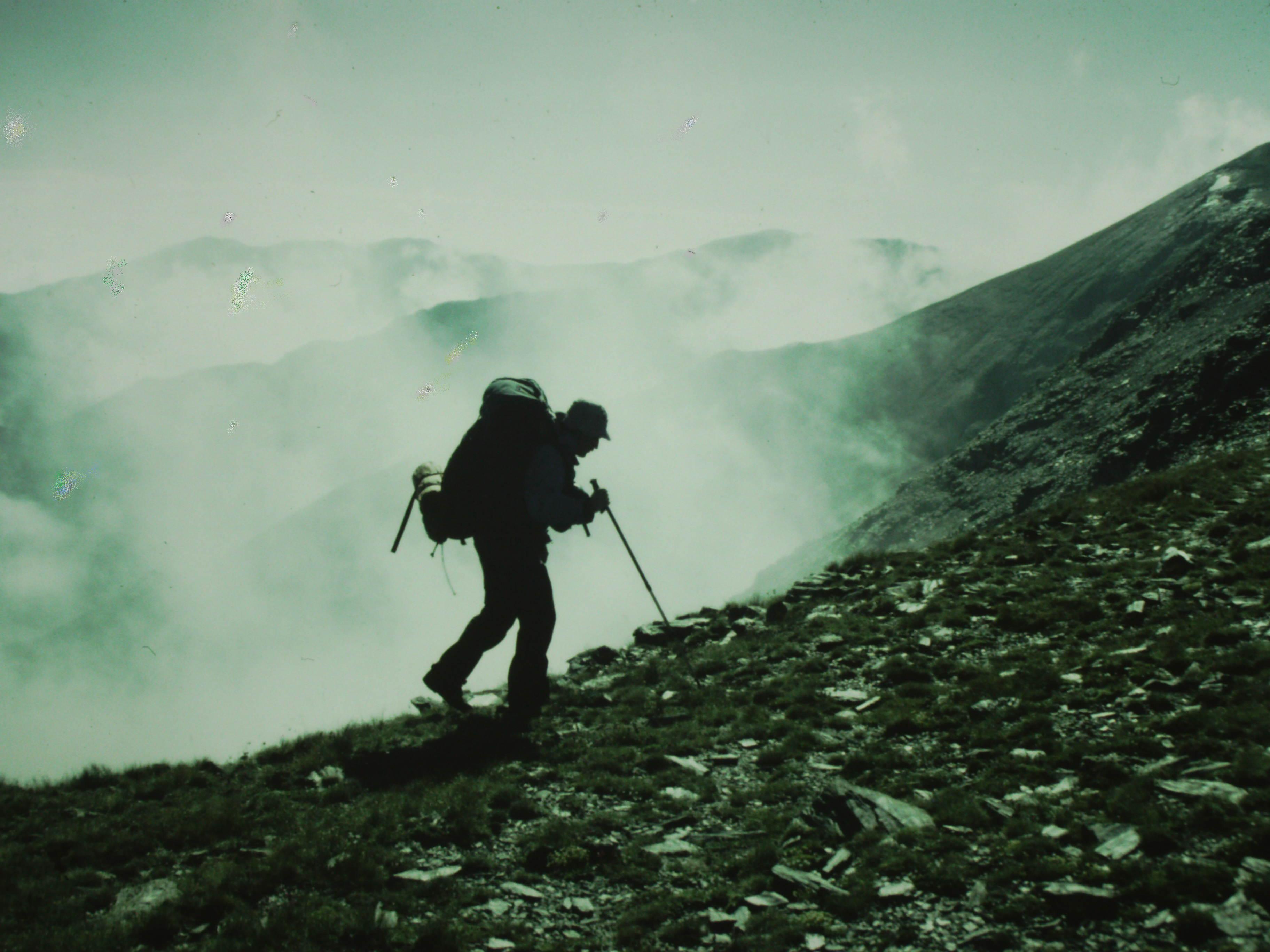
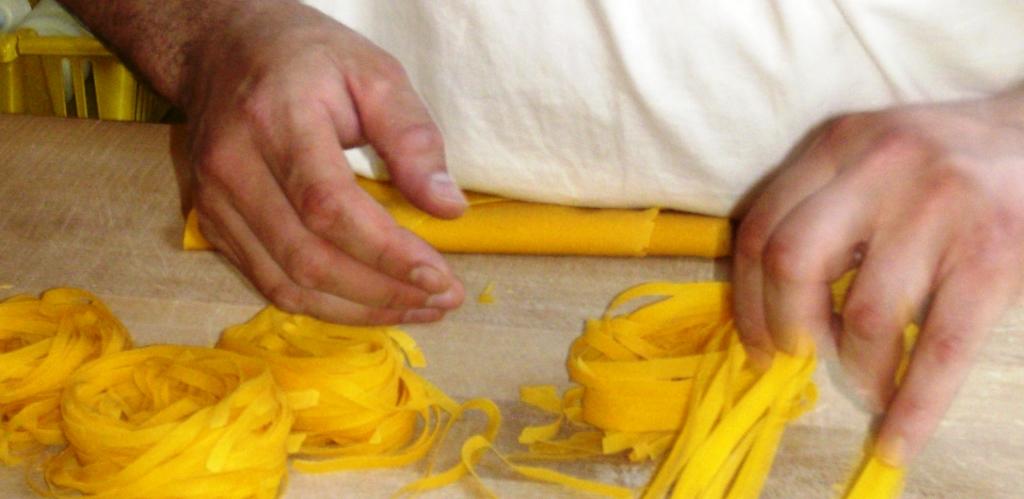
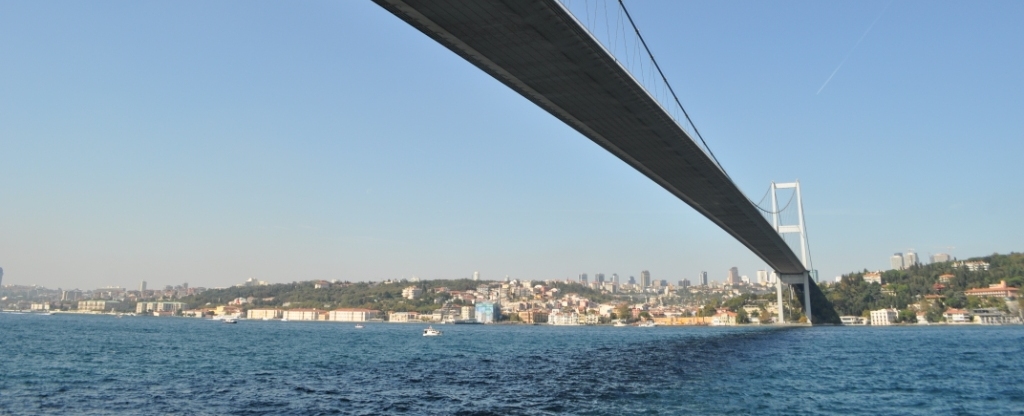
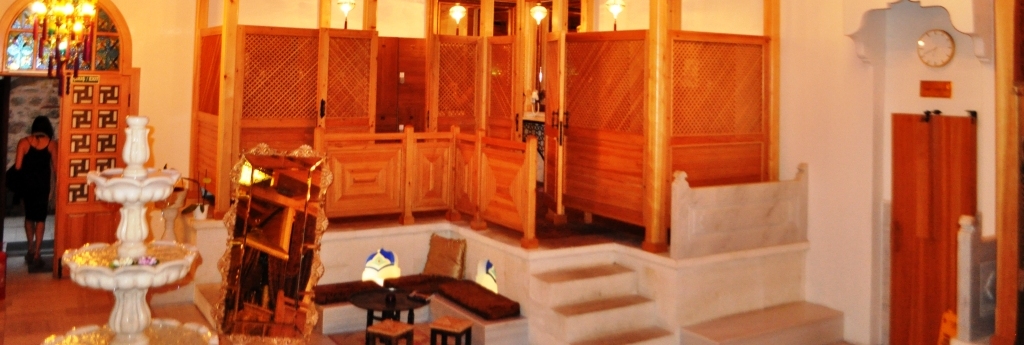
Thanks for this great summary! I’d love to hear more about the weather over the course of the hike, temperature variations in day and night, and types of clothes to bring for the GR10.
The most accurate and helpful description I have found . Thank you. C